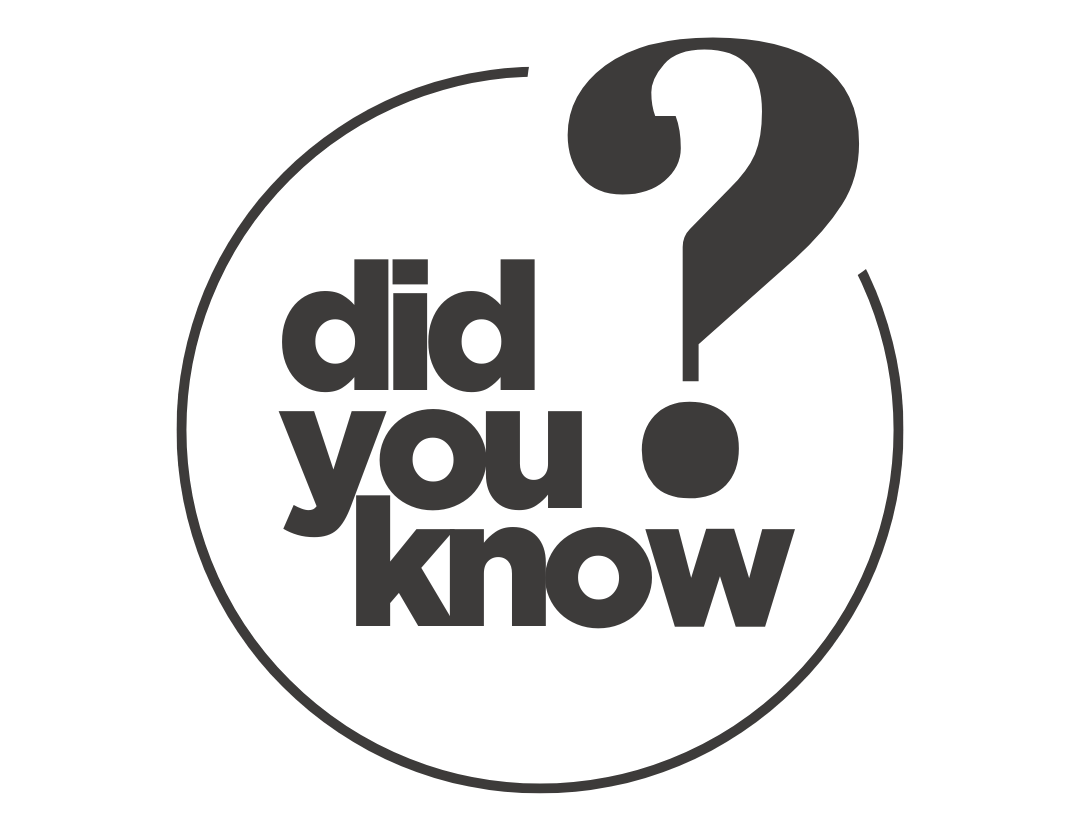1. Sticking With the U.S. Customary System
The United States measures everything in miles, pounds, and gallons, a system officially called U.S. customary units. It’s related to the old British Imperial system but not identical; for example, an American gallon is smaller than an Imperial one. Elsewhere, the metric system reigns supreme, making conversions simple and consistent. Americans have long adapted to their system’s quirks, and while it sometimes baffles visitors, few are in a hurry to change it.
2. The Price Isn’t the Price
Every American shopper knows the drill: whatever’s on the tag isn’t what you’ll pay. Sales tax gets added at the register, and the rate changes depending on where you are. Most people either do some rough mental math or don’t even think about it. In much of the world, the price you see already includes tax, which makes checkout simpler and totals less surprising.
3. Tipping Isn’t Optional
In America, tipping isn’t a bonus for great service, it’s part of the paycheck. Restaurant servers, bartenders, and delivery drivers often earn a lower base wage (as little as 2.13 an hour federally) with the expectation that tips make up the difference. In most of the world, workers earn full wages and tipping is a modest show of appreciation.
4. Small Talk Is a Social Skill
Walk into a store, and the cashier might ask how your day’s going. Chat with a stranger, and you’ll often get a warm smile and a quick exchange. Americans are natural small talkers; it’s how they signal friendliness and ease tension. In many other cultures, conversations with strangers are rare or reserved for specific situations.
5. Healthcare Means Paperwork
Visiting a doctor in America usually involves an insurance card, a clipboard, and a few forms to fill out before you even sit down. Healthcare here runs through private insurance companies, each with its own prices and policies, along with public programs like Medicare and Medicaid. In most other developed countries, healthcare is nationalized or heavily subsidized. Patients rarely see itemized costs or negotiate bills afterward.
6. Drive-Thrus for Everything
The drive-thru might be America’s favorite shortcut. You can grab burgers, coffee, prescriptions, and even say “I do” without leaving your car. It fits perfectly in a car-centric culture that values speed and convenience. In much of the world, people walk or use public transit for errands, and drive-thrus are limited to fast food.
7. College Costs (A Lot)
In the U.S., higher education can cost as much as a small house. Students often take out loans that trail them for decades, yet college remains a rite of passage. Dorm life, campus events, and independence are baked into the experience. In many other countries, tuition is free or heavily subsidized, and students commute from home.
8. Big Plates, Bigger Refills
Eating out in the U.S. means leaving full and often with leftovers. Portions are famously large, and fountain drinks come with free refills until you wave the server off. Restaurants even expect you to take a “to-go” box home. In most of the world, servings are smaller and refills cost extra.
9. Patriotism on Display
In America, patriotism isn’t saved for holidays; it’s part of daily life. Flags fly on front porches, the national anthem plays before ballgames, and students recite the Pledge of Allegiance each morning. In many countries, pride runs quieter, surfacing on national days or through community traditions.


Leave a Reply